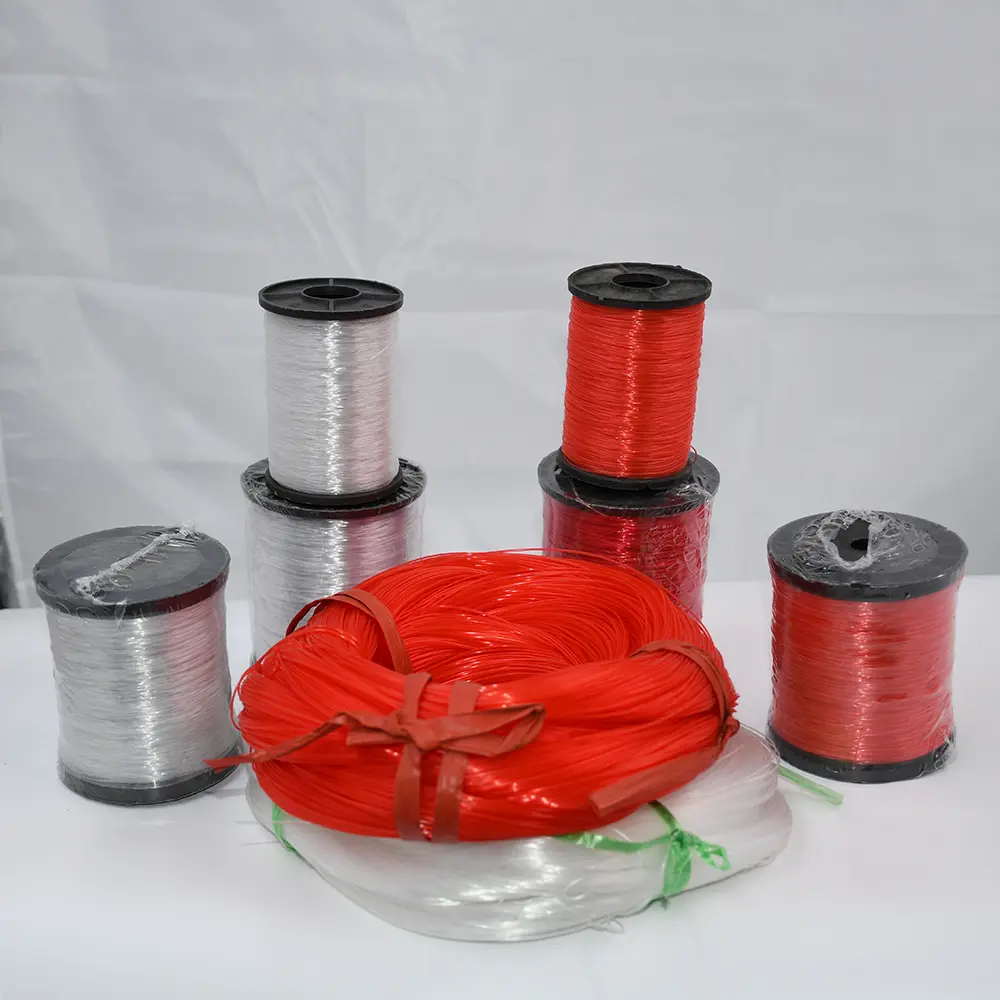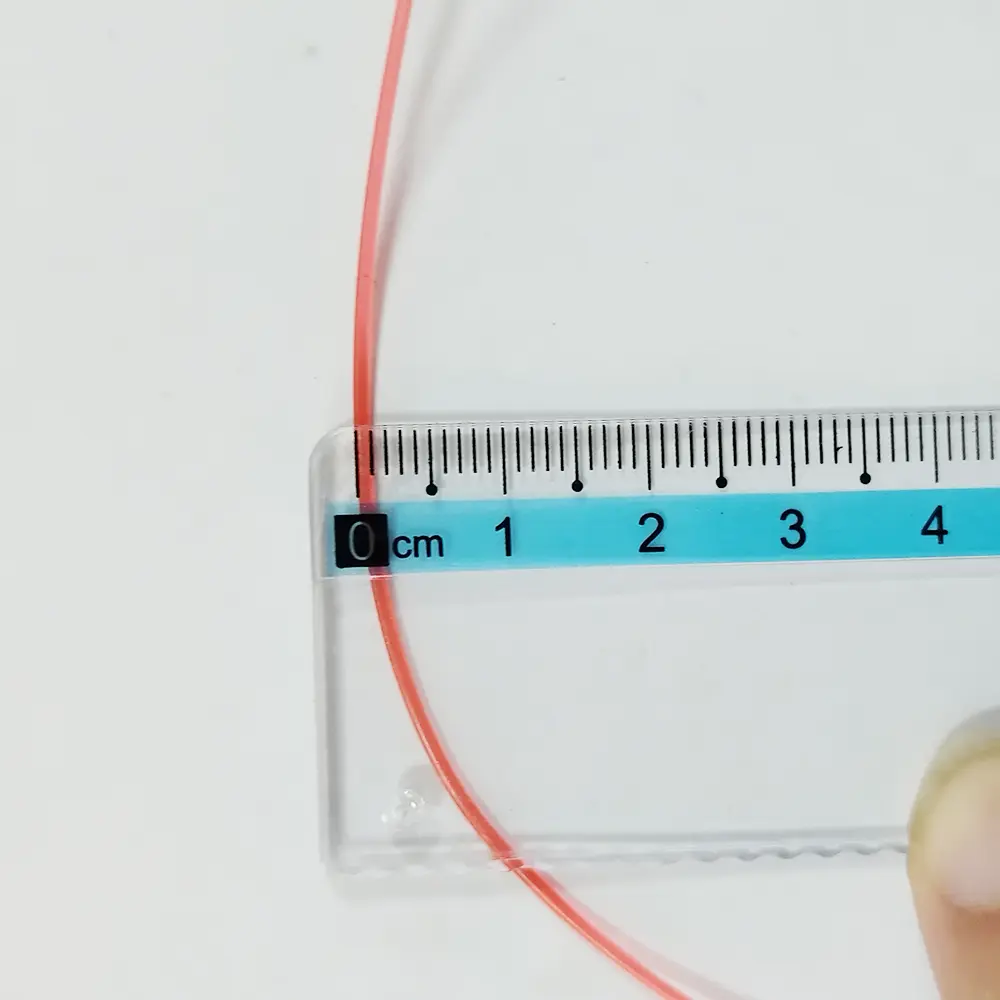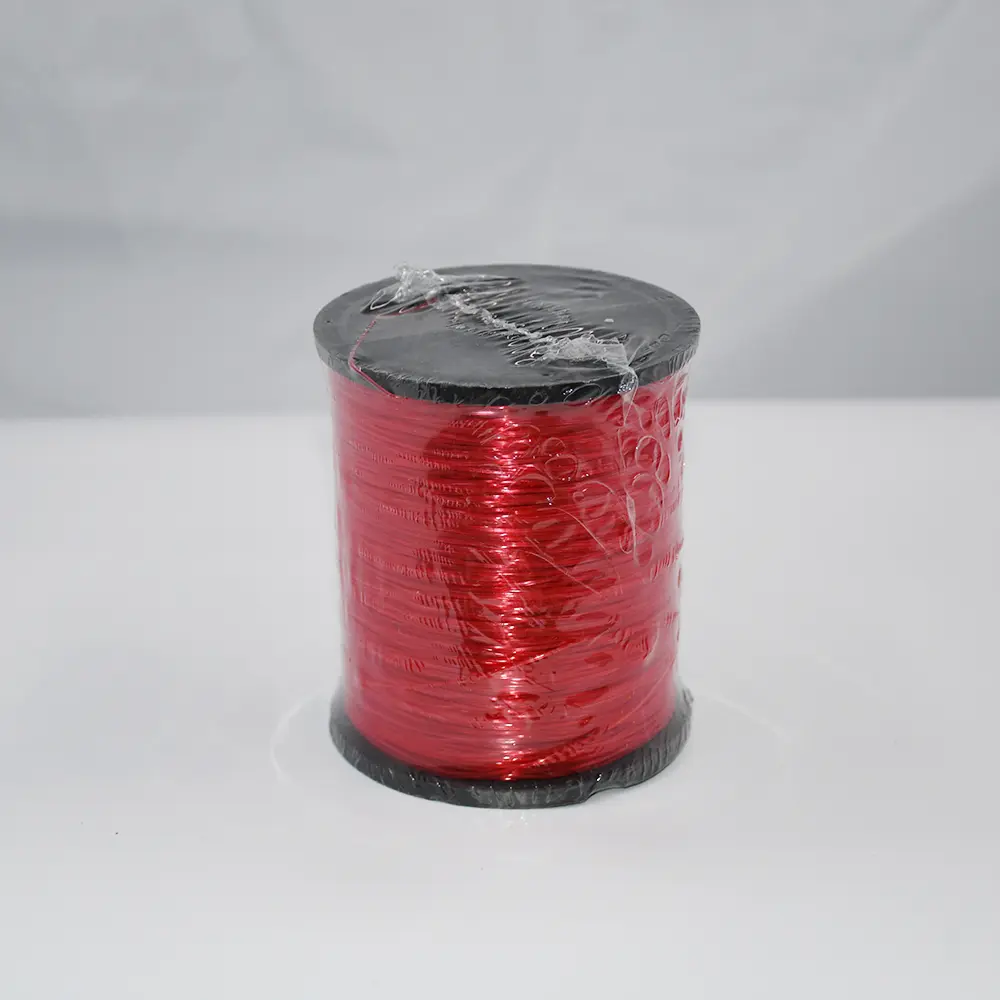This article breaks down the pros and cons of the three main types of fishing line – braid, monofilament, and fluorocarbon – to help you choose the best fishing line for your needs in 2025. Whether you’re using a spinning reel, baitcasting reel, or targeting a specific type of fishing, understanding the characteristics of each line type is crucial for success and maximizing your enjoyment on the water. This guide is worth reading because it provides the key information you need, straight from the source–a manufacturer, to pick the perfect line and avoid common purchasing pitfalls.
1. What Are the Main Types of Fishing Line?
There are three primary types of fishing line used by anglers today: braided line, monofilament line, and fluorocarbon line. Each line is made with different materials and processes, giving them unique properties that excel in different fishing situations. Understanding these differences is the first step in choosing the right line for your needs.
- Braid: Braided fishing line is very strong and made from woven fibers like Dyneema or Spectra. It has virtually no stretch, providing incredible sensitivity and hook-setting power.
- Monofilament: Monofilament, often called "mono," is a single strand of nylon. It’s known for its buoyancy, affordability, and ease of use. Mono line has more stretch than braid.
- Fluorocarbon: Fluorocarbon line is also a single-strand line, but it’s made from a denser material that makes it nearly invisible underwater. It has less stretch than mono but more than braid, and offers excellent abrasion resistance.
2. Why is Choosing the Right Fishing Line Important?
Selecting the best fishing line isn’t just about personal preference; it directly impacts your fishing success. The correct line can improve casting distance and accuracy, enhance lure presentation, increase sensitivity to feel subtle bites, and provide the strength needed to land the fish. Using the wrong type of fishing line can lead to missed fish strikes, broken lines, lost lures, and overall frustration. For example, using a line with too much stretch in heavy cover might prevent you from getting a good hook set.
Consider these factors:
- Water Clarity: In clear water, the low visibility of fluorocarbon can be a significant advantage.
- Fishing Technique: Topwater fishing often benefits from the buoyancy of monofilament.
- Target Species: Larger, stronger fish may require the strength of braided line.
3. What are the Advantages of Braided Fishing Line?
Braided fishing line has become incredibly popular due to its superior strength and lack of stretch. This translates to several key advantages:
- Sensitivity: Because braid doesn’t stretch, you can feel even the slightest nibble, allowing for quicker reaction times.
- Hook-Setting Power: The lack of stretch also means that when you set the hook, all that energy is transferred directly to the fish, increasing your hook-up ratio.
- Casting Distance: Braid’s thin diameter and smooth texture allow for longer casts, especially with spinning gear.
- Durability: While susceptible to abrasion on sharp objects, a good quality braided line is incredibly strong for its diameter and many anglers use it.
However, braided line is very strong, but it can be more visible in the water, and tying knots can be tricky for some. Many anglers use a fluorocarbon leader with braid to combine the benefits of both.
4. When Should I Use Monofilament Fishing Line?
Monofilament fishing line remains a classic choice for many anglers, and for good reason. Its properties make it suitable for a variety of fishing situations. Monofilament’s key features:
- Buoyancy: Mono floats, making it an excellent choice for topwater lures and techniques where you want your bait to stay near the surface.
- Stretch: While less sensitive than braid, the stretch in mono can be forgiving, acting as a shock absorber during hard strikes and preventing the hook from pulling free.
- Affordability: Monofilament is generally the least expensive type of fishing line.
- Knot Strength: Monofilament is typically very easy to tie, and it holds knots well.
Monofilament line is a good all-around choice, especially for beginners. However, it does have "memory," meaning it can retain the shape of the spool, leading to tangles if not managed properly. The line’s stretch also means it might not be the best for fishing in heavy cover where a solid hookset is crucial.

5. What Makes Fluorocarbon Fishing Line Unique?
Fluorocarbon fishing line has gained a strong following, particularly among bass anglers, due to its unique properties:
- Low Visibility: Fluorocarbon has a refractive index similar to water, making it virtually invisible underwater. This is a major advantage in clear water and when targeting wary fish.
- Abrasion Resistance: Fluorocarbon is highly resistant to abrasion, making it a great choice for fishing around rocks, docks, and other structures.
- Sensitivity: While it has more stretch than braid, fluorocarbon is more sensitive than monofilament.
- Waterproof: Unlike nylon monofilament, fluorocarbon does not absorb water. This means its strength and sensitivity aren’t compromised when wet.
Because it’s denser than water, fluorocarbon sinks, making it ideal for techniques where you want your lure to get down quickly. It is often used as a leader material, even when the main line is braid.
6. How Do I Choose the Best Fishing Line for Bass Fishing?
Bass fishing often involves a variety of techniques and cover types, so choosing the right fishing line can be crucial. Here’s a general guide:
- Flipping/Pitching (Heavy Cover): Braided line (50-65 pound test) is ideal for pulling bass out of thick vegetation. Its strength and lack of stretch provide the power needed for a solid hookset.
- Crankbaits: Fluorocarbon (10-17 pound test) is a good choice because of its low visibility and abrasion resistance. Monofilament can also work, especially for shallow-running crankbaits.
- Finesse Techniques (Drop Shot, Ned Rig): Fluorocarbon (6-10 pound test) is the go-to choice for its sensitivity and low visibility.
- Topwater: Monofilament (10-15 pound test) is often preferred due to its buoyancy. Some anglers also use braid with a short monofilament or fluorocarbon leader.
7. What is the Best Fishing Line for Spinning Reels?
Spinning reels are versatile and can handle all three types of fishing line, but some choices are generally better than others.
- Braid: Braided line excels on spinning reels, especially for finesse applications and situations requiring long casts. Use a lighter pound test (10-20 lb) for most spinning reel applications.
- Monofilament: Monofilament works well on spinning reels, particularly for beginners. Its limpness helps prevent tangles, but line memory can be an issue.
- Fluorocarbon: While usable, fluorocarbon can be stiffer than the other two, and straight fluorocarbon may cause line management issues on smaller reels. Many anglers use fluorocarbon as a leader on a spinning reel with a braided main line.

8. How Does Knot Strength Differ Between Line Types?
Knot strength is critical – a weak knot can mean a lost fish, no matter how strong the line itself is. Here’s how the lines compare:
- Monofilament: Generally easy to tie and holds knots well. Common knots like the Palomar and Improved Clinch Knot work effectively.
- Fluorocarbon: Can be slightly trickier to tie than mono. Wetting the line before cinching the knot is crucial to prevent weakening. The Palomar knot is often recommended.
- Braid: Requires specific knots due to its slickness. The Palomar knot is again a top choice, but double-line knots like the Double Palomar or San Diego Jam knot can also be used.
9. What About Abrasion Resistance in Fishing Lines?
Abrasion resistance is the line’s ability to withstand rubbing against objects like rocks, wood, and even fish teeth.
- Fluorocarbon: Excels in abrasion resistance, making it the best choice for fishing around structure.
- Monofilament: Offers moderate abrasion resistance, better than braid but not as good as fluorocarbon.
- Braid: While incredibly strong, braid is the least abrasion-resistant of the three. It can be easily damaged by sharp objects.
10. How Can a Chinese Manufacturer Like Jinyuent Help My Business?
For businesses like Mark Thompson’s in the USA, sourcing high-quality fishing line at competitive prices is essential. Jinyuent, a Chinese manufacturer and supplier, offers several advantages:
- Direct-from-Manufacturer Pricing: As a manufacturer, Jinyuent eliminates the middleman, offering cost-effective solutions for bulk purchases of polyester thread, polyester yarn, dyed yarn, and fishing line.
- Multiple Production Lines: Jinyuent’s multiple production lines ensure consistent quality and the ability to handle large orders, meeting the demands of garment manufacturers, textile factories, and fishing gear retailers.
- Product Variety: Jinyuent offers a wide range of products, including various colors and thicknesses of threads and yarns, durable fishing line with different breaking strengths, and even related products like measuring rope.
- Focus on Quality: Jinyuent prioritizes high-quality fibers and materials, addressing the key concerns of buyers like Mark Thompson who value consistency in color, strength, and thickness.
- B2B Focused Model: Jinyuent is tailored towards serving b2b clients, with the capability to fill custom orders and provide personalized customer service.
By partnering with Jinyuent, businesses can streamline their supply chain, reduce costs, and ensure a consistent supply of high-quality textile yarns and fishing lines. The company also supplies related products like butyl tape, ink line markers, and plumb bobs useful for construction businesses. Jinyuent also offers sewing machines.

Summary: Key Takeaways
- There are three main types of fishing line: braid, monofilament, and fluorocarbon.
- Each line type has unique properties that make it suitable for different fishing situations.
- Braid offers superior strength and sensitivity but can be visible in the water.
- Monofilament is buoyant, affordable, and easy to use but has more stretch.
- Fluorocarbon is nearly invisible underwater and highly abrasion-resistant.
- Choosing the right line improves casting, lure presentation, and hook-setting power.
- Knot strength is crucial, and different lines require specific knots.
- Abrasion resistance varies between line types, with fluorocarbon being the most resistant.
- Chinese manufacturers like Jinyuent offer cost-effective, high-quality solutions for businesses.






